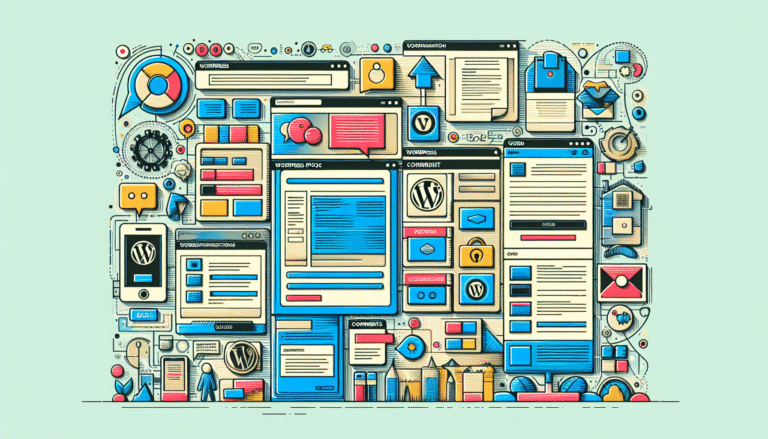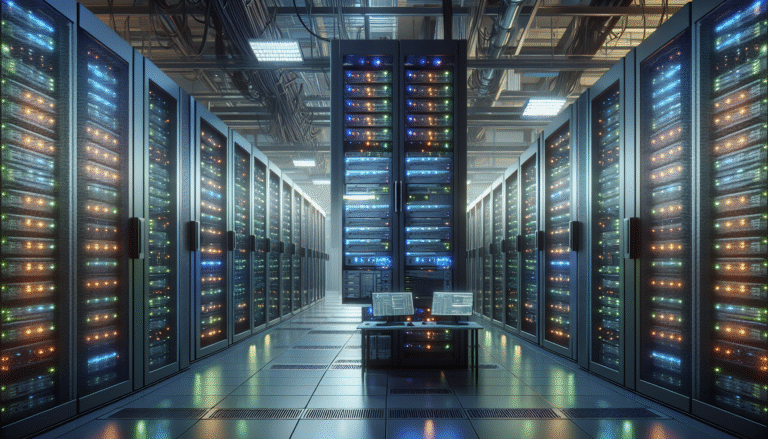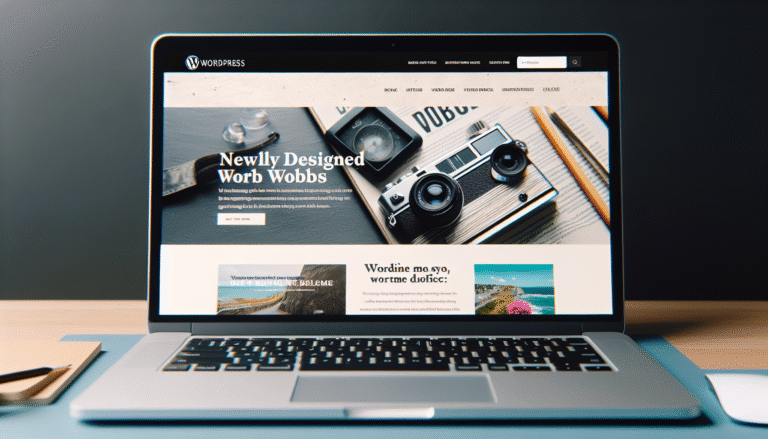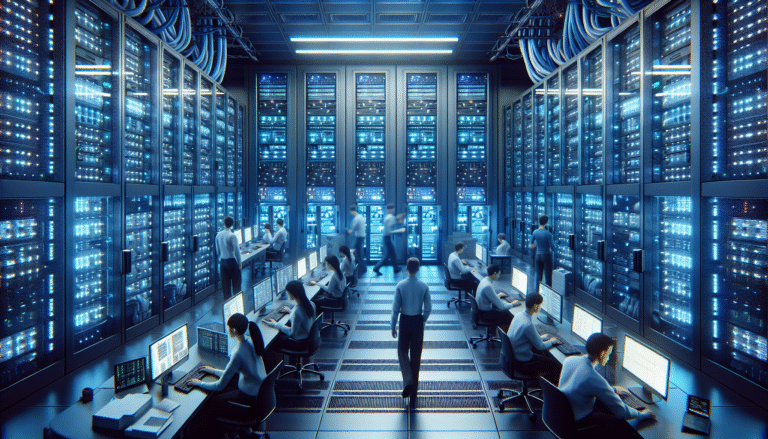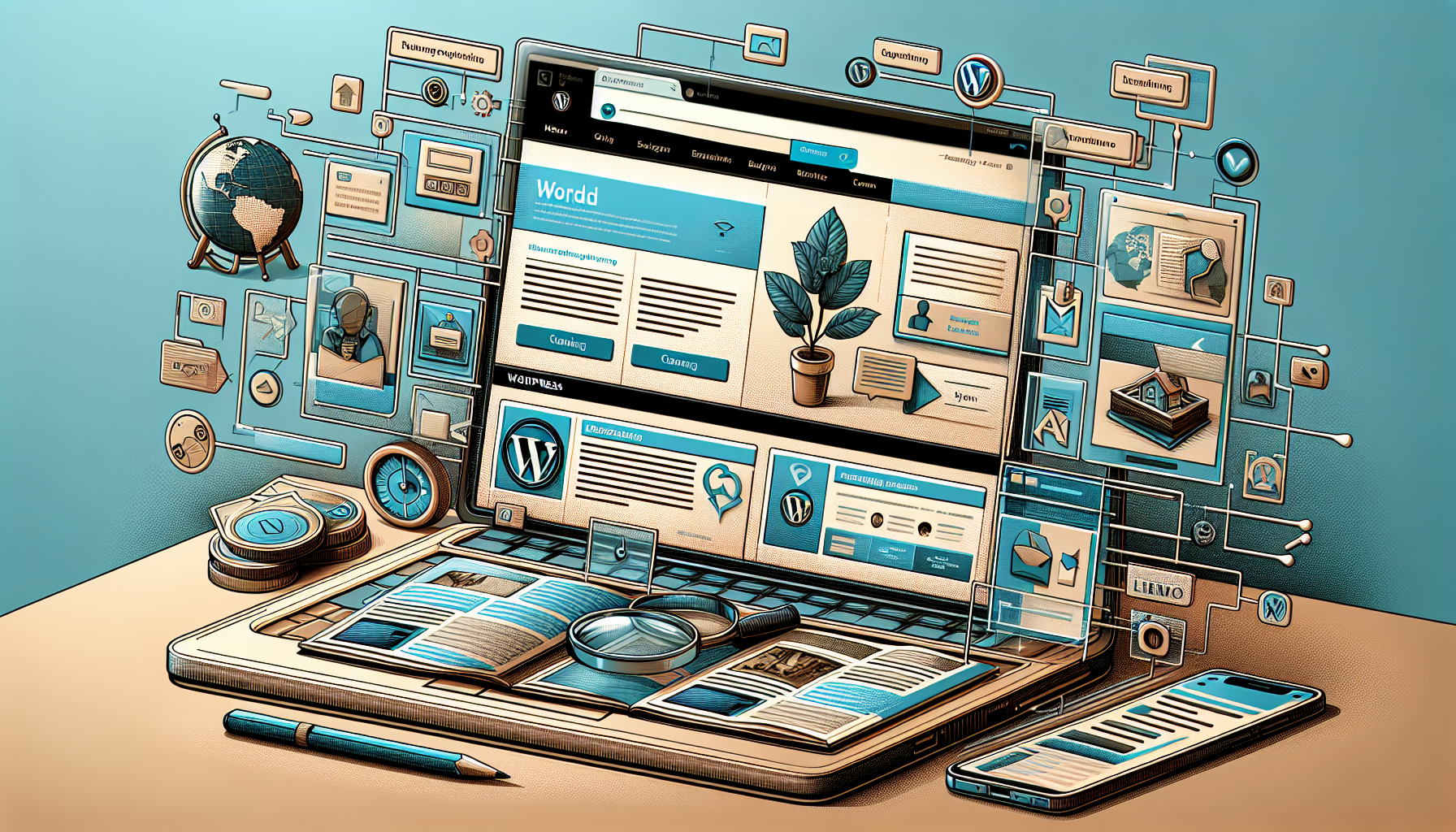
Sure! Here’s a rewritten version of the article you provided:
—
The Web Is Going 3D—But Should It?
The internet is evolving—and not just in how it looks. Flat, static designs are starting to feel outdated, and 3D elements are stepping in to create more immersive, interactive experiences.
Today’s users aren’t just clicking links; they’re exploring. They’re spinning products around, taking virtual strolls through online stores, and engaging with brands in ways that would have been unimaginable a decade ago.
It makes perfect sense. In a world where attention spans are shrinking faster than a loading bar on dial-up, capturing—and keeping—user attention is everything. The longer visitors stay on your site, the more likely they are to buy, sign up, or remember your brand when it matters most.
But there’s a catch: just because something looks impressive doesn’t mean it’s effective. 3D design can boost engagement, but it can also easily slip into gimmick territory—slowing down sites, confusing users, and, if history repeats itself, collapsing under its own weight.
Why 3D Works (When It’s Done Right)
There’s a reason so many brands are embracing 3D: when it’s used thoughtfully, it transforms a basic website into a memorable experience.
Take Apple, for example. Every time they launch a new iPhone, MacBook, or AirPods, they roll out interactive 3D product pages. Shoppers can rotate the device, zoom in on details, and view it from every angle—helping eliminate doubts and build confidence before purchase.
Luxury car brands like Tesla, BMW, and Porsche are doing something similar. Their 3D configurators let users customize vehicles down to the smallest detail—changing colors, wheels, interiors, and more. After spending 10 minutes designing their dream car, users are emotionally invested. That’s powerful engagement.
Education is another space where 3D shines. Universities and e-learning platforms are using 3D and VR experiences to make lessons more immersive. Medical students can explore a 3D-rendered human body, history enthusiasts can walk through ancient cities, and architecture students can visualize buildings before they exist.
These aren’t just flashy add-ons—they provide real value.
When 3D Misses the Mark
But not every website needs to be a virtual playground.
Problems arise when brands use 3D just because they can, not because it improves the experience. We’ve all seen it: a homepage bogged down by a massive 3D model that takes forever to load, or navigation that requires dragging, zooming, and rotating just to find the next page. It might look cool in a demo, but in real life? Users leave.
E-commerce sites are frequent offenders. A 3D shoe model might look slick, but if it lags on mobile, customers will quickly move on to a competitor’s fast, simple image gallery. The same goes for real estate. Virtual tours are great—until they become so clunky that potential buyers give up in frustration.
Performance is everything. 3D elements demand more processing power, increase load times, and, if not properly optimized, can turn a smooth browsing experience into a sluggish mess. Ironically, in trying to create “immersive” experiences, bad 3D design can drive users away faster than any old-school flat website ever could.
Déjà Vu: Remember Flash?
If all this sounds familiar, it should. Flash promised much of the same magic back in the day.
Flash made the web feel alive, offering interactive, animated experiences that felt futuristic. But it also made websites slow, complicated, and frustrating. Splash screens, endless loading times, and confusing navigation became the norm. Designers got carried away with spectacle, sacrificing usability in the process.
At first, Flash was exciting. But users quickly grew tired of waiting for pages to load and dealing with clunky interfaces. Eventually, even Adobe pulled the plug, and Flash was officially retired in 2020.
It’s a cautionary tale—and one that today’s 3D designers would do well to remember.
The Future of 3D in Web Design: A Tool, Not a Toy
So, is 3D the future of web design? Or just another fleeting trend?
The answer depends on how we use it. The best 3D experiences serve a clear purpose: they make interactions more intuitive, deepen engagement, and provide real value to users. When 3D is used as a tool—not just eye candy—it can be transformative.
But if designers repeat the mistakes of the Flash era—overloading sites with unnecessary effects for the sake of showing off—then 3D will meet the same fate. The hype will fade, and users will abandon bloated, slow websites for faster, simpler alternatives.
Before jumping on the 3D bandwagon, ask yourself: Is this making my site better? Or just flash
